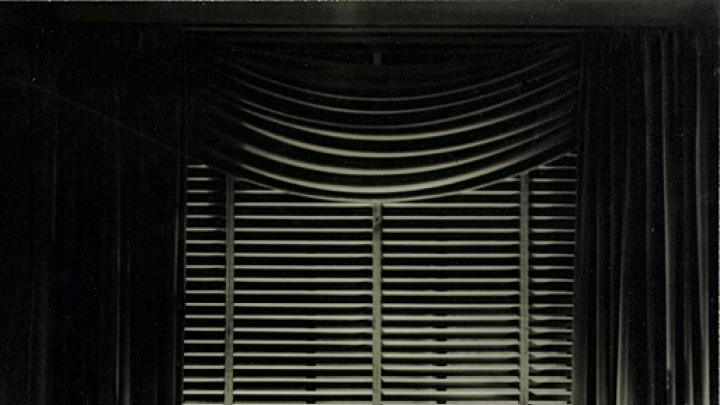Photographers, business executives, art directors, and socialites flocked to the gallery of New York City’s 30 Rockefeller Plaza in September 1934 to view an exhibition of 250 photographic prints by 50 top artistic and commercial photographers of the day. The focus was on advertising and industrial images. Gallery-goers could admire photographs advertising Lucky Strike cigarettes, fashion spreads for Harper’s Bazaar, and moody images portraying the luxurious lifestyle enjoyed by owners of Chrysler cars. Here was fine art--the venue affirmed that--by a new generation of artists with a modernist sensibility pursuing commercial photography for a living. The exhibition’s sponsors were the National Alliance of Art and Industry and the Photographic Illustrators Inc.
In 1935, about 125 of the prints from the exhibition came to Harvard Business School, which at the time was collecting business-related photographs for classroom use and display. (Although marketing had been part of the school’s curriculum since 1914, the first full course in advertising, titled “Advertising Problems,” wasn’t offered until 1932.) Now, Laura Linard, director of Baker Library collections at the school, and her colleagues have revisited the collection and mounted a new exhibition, The High Art of Photographic Advertising, which will be on view at the library through October 9 (see www.library.hbs.edu/hc/naai/index.html). The accompanying catalog is by guest curator Melissa Banta.
By the 1930s, photography had become the medium of choice for most print advertising, not drawings. Much of the best was in black-and-white, partly because the techniques of reproducing color were still being perfected. Photographer Margaret Bourke-White explained that color posed “a great element of chance, as many unexpected and peculiar things can happen.” Victor Keppler’s target and beer, above, is powerful as is, and Gordon Coster’s black-and-white images for Lord & Taylor, left, and advertising agency N. W. Ayer, far left, amply illustrate that advertisers understood, as historian Patricia Johnson has written, that “photography could make beauty accessible, lead the way to a happier life, map out the possessions required to transcend class status, and project a perfect world and make it seem available.”










